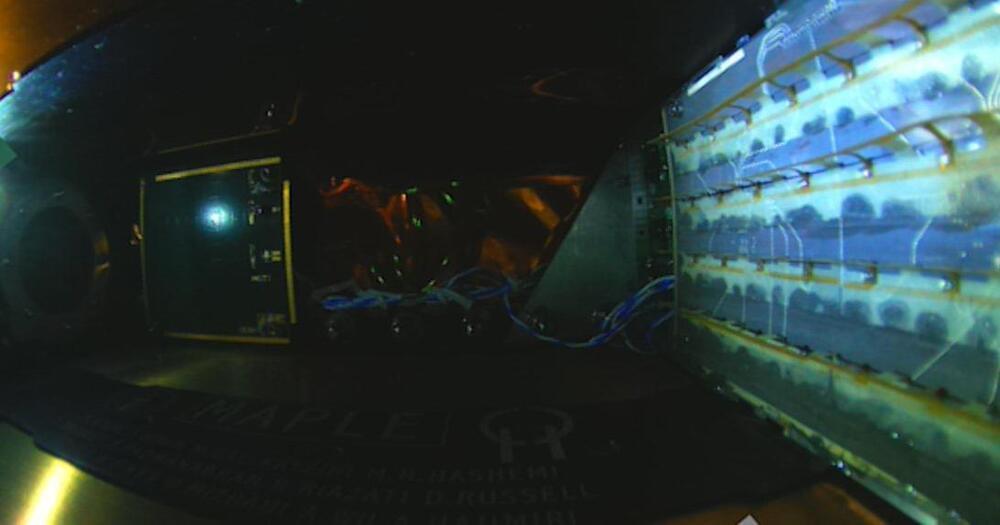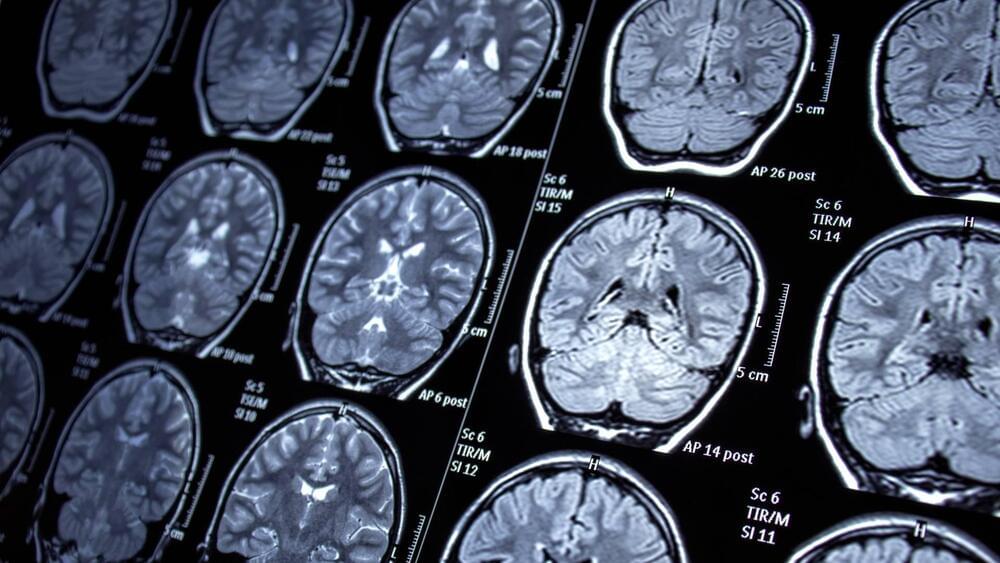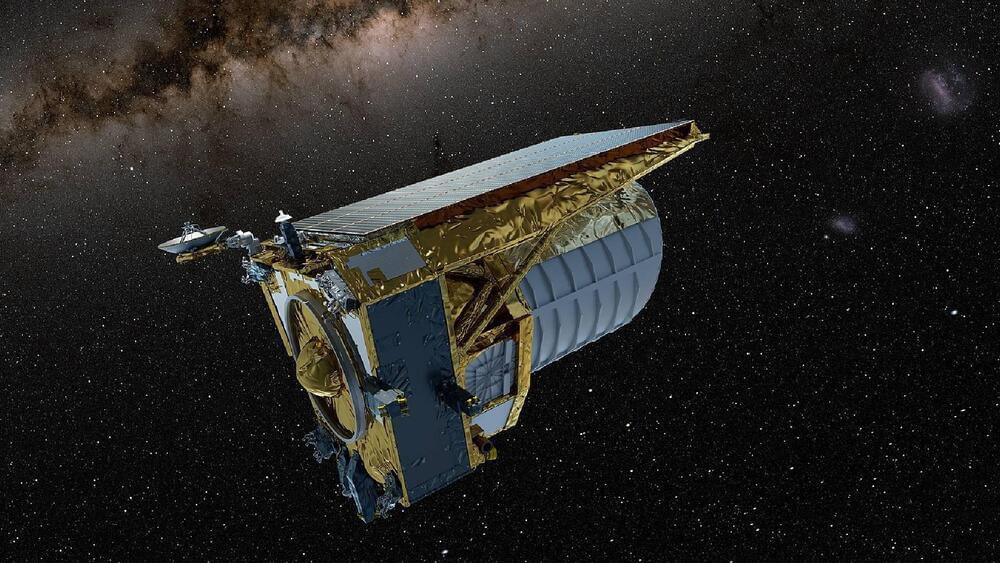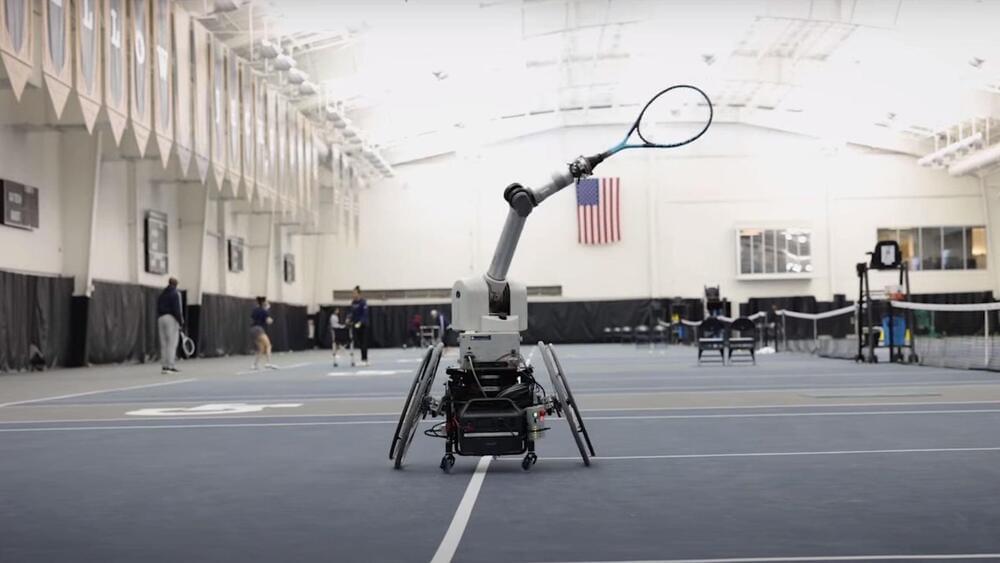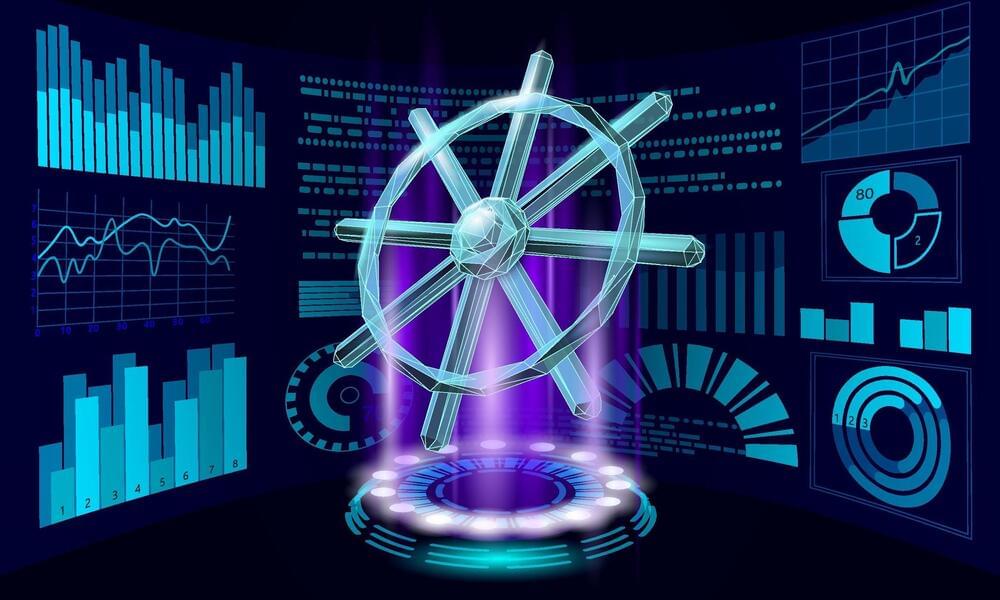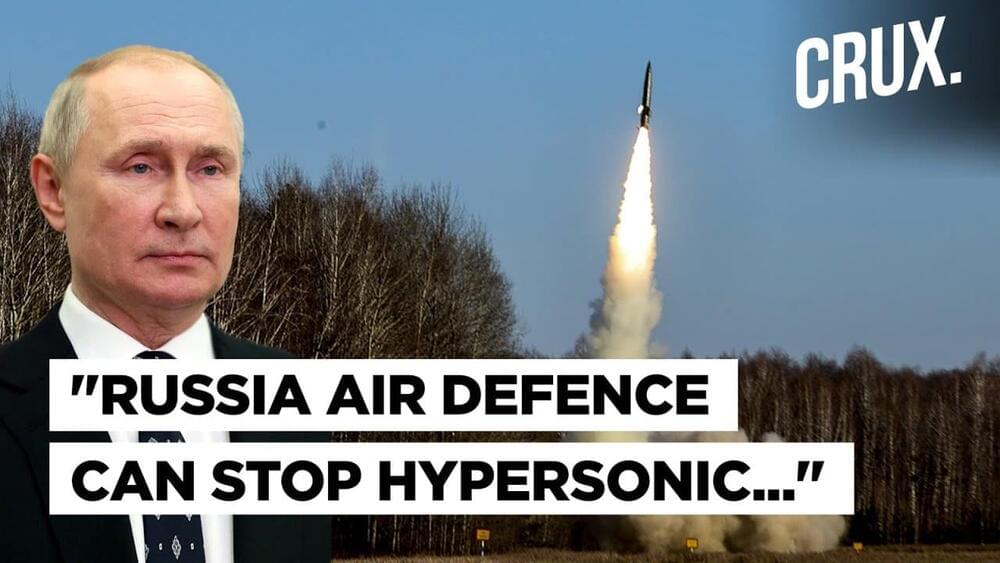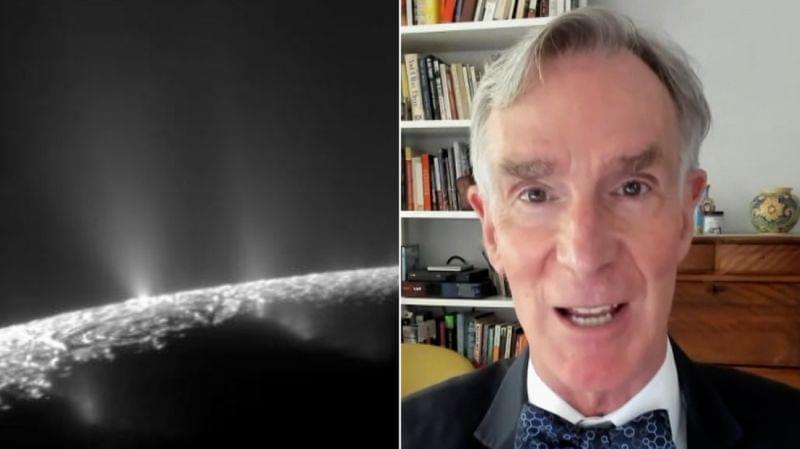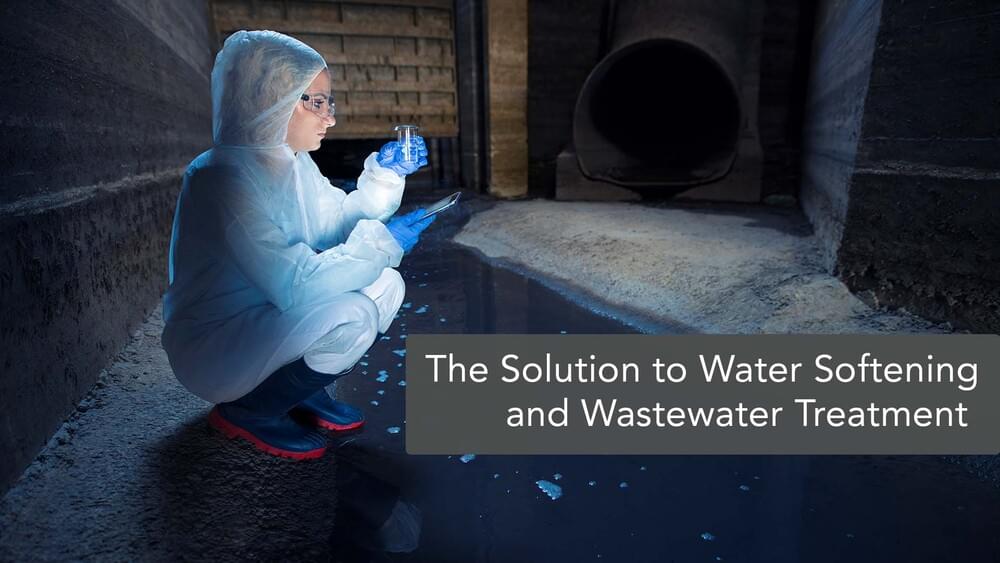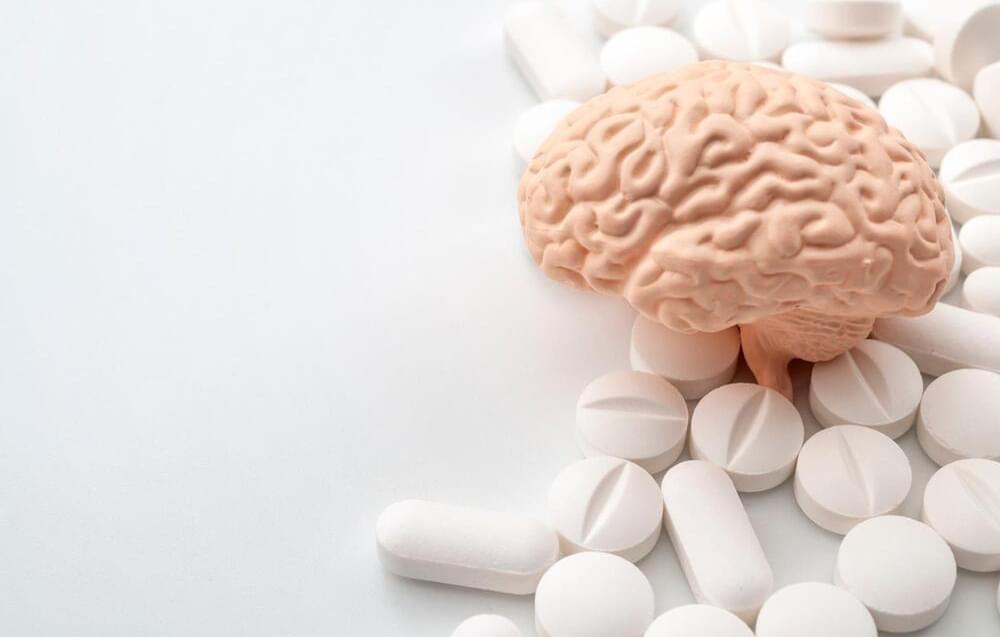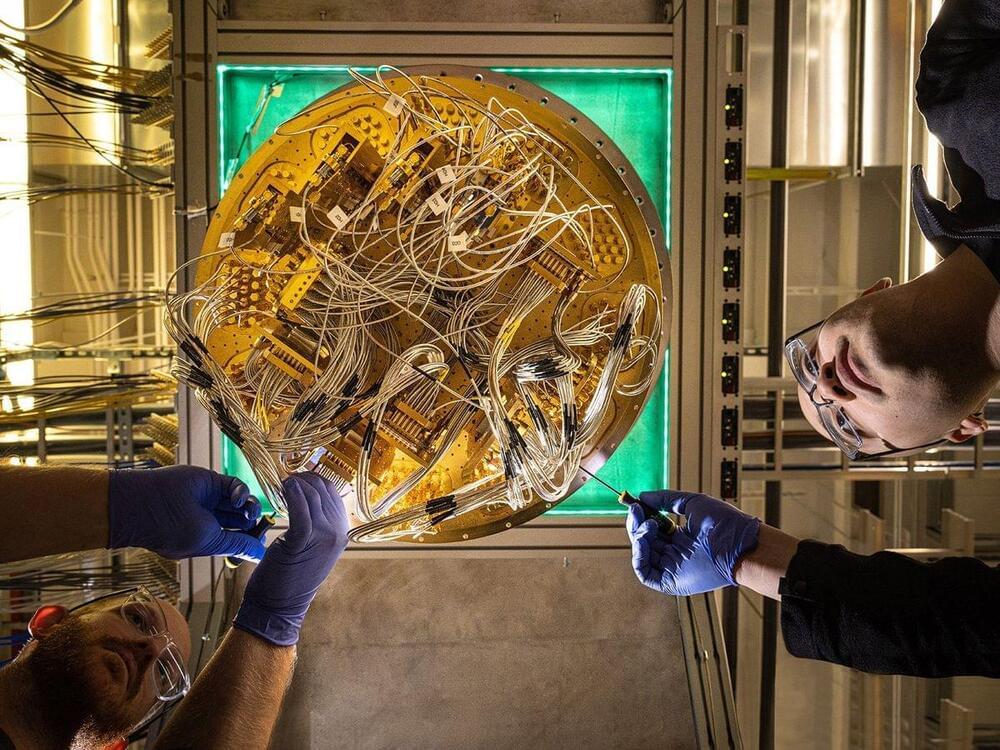Jun 19, 2023
Scientists claim they’re the first to transmit space-based solar power to Earth
Posted by Shubham Ghosh Roy in categories: computing, solar power, space, sustainability
The idea of solar energy being transmitted from space is not a new one. In 1968, a NASA engineer named Peter Glaser produced the first concept design for a solar-powered satellite. But only now, 55 years later, does it appear scientists have actually carried out a successful experiment. A team of researchers from Caltech announced on Thursday that their space-borne prototype, called the Space Solar Power Demonstrator (SSPD-1), had collected sunlight, converted it into electricity and beamed it to microwave receivers installed on a rooftop on Caltech’s Pasadena campus. The experiment also proves that the setup, which launched on January 3, is capable of surviving the trip to space, along with the harsh environment of space itself.
“To the best of our knowledge, no one has ever demonstrated wireless energy transfer in space even with expensive rigid structures. We are doing it with flexible lightweight structures and with our own integrated circuits. This is a first,” said Ali Hajimiri, professor of electrical engineering and medical engineering and co-director of Caltech’s Space Solar Power Project (SSPP), in a press release published on Thursday.
Continue reading “Scientists claim they’re the first to transmit space-based solar power to Earth” »
